An urban metamorphosis in an abandoned corner of Dhaka
Samira Ahsan
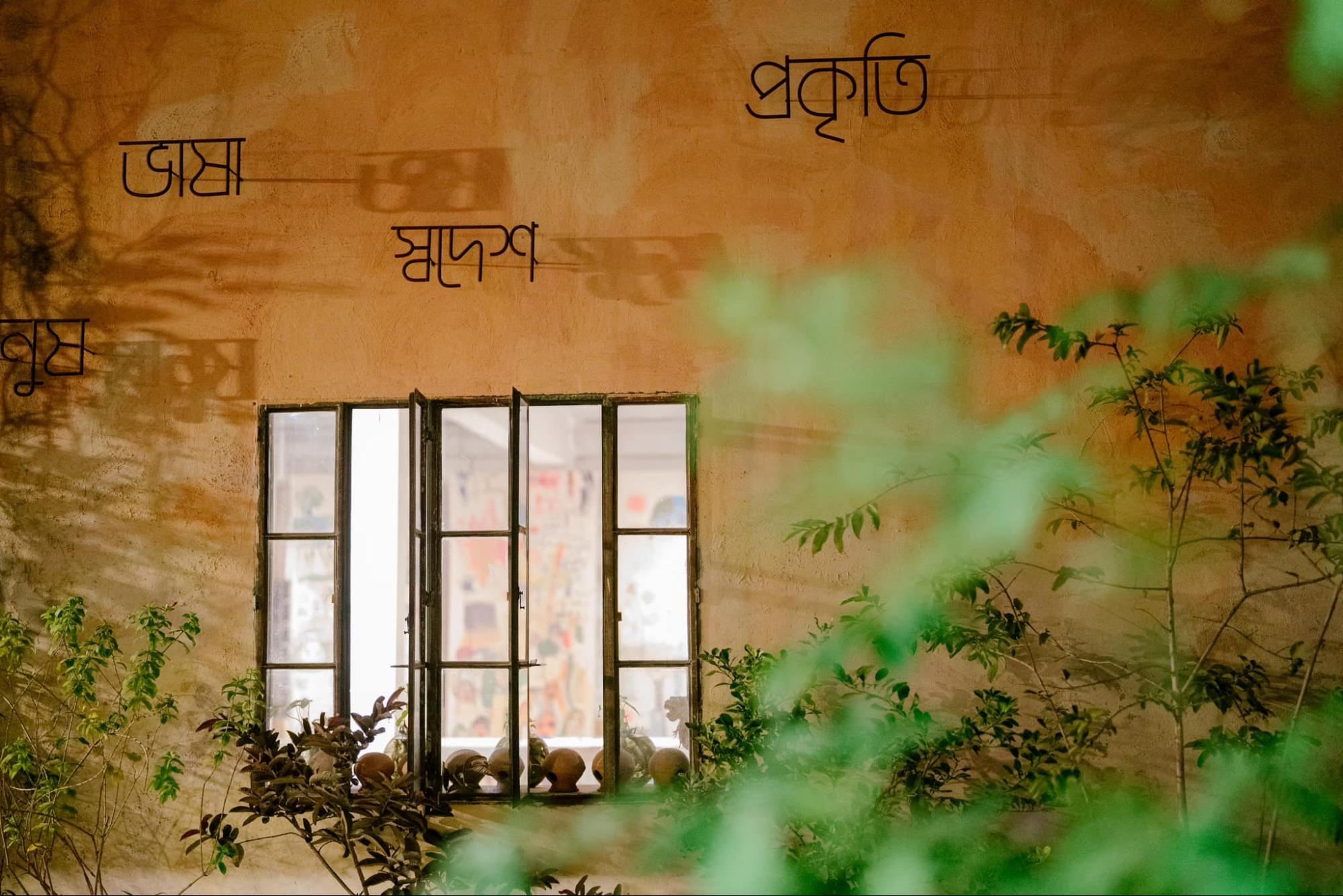
In the last decade, urban landscapes across Dhaka city have experienced a significant transformation. The rise of adaptive reuse projects, along with the growing emphasis on sustainable development, has led to a renewed interest in redefining urban spaces. The concept of artistic transformation has gained traction, with artists, architects, designers, and urban planners reimagining traditional structures and spaces to meet the changing needs of communities.

Adaptive reuse is an architectural term that means repurposing an existing building for a new function while retaining its original structure and elements. And creative projects like the Brihatta Art Foundation, located in Hazaibagh, Dhaka, serve as catalysts for urban renewal. Opening windows to understanding social interactions, Brihatta emphasizes art as a tool to connect and create social change through exhibitions, workshops, and gathering spaces. Even a small group of people coming together for a conversation can inspire change, promote community engagement, raise awareness, and encourage action to create a more vibrant and inclusive society.
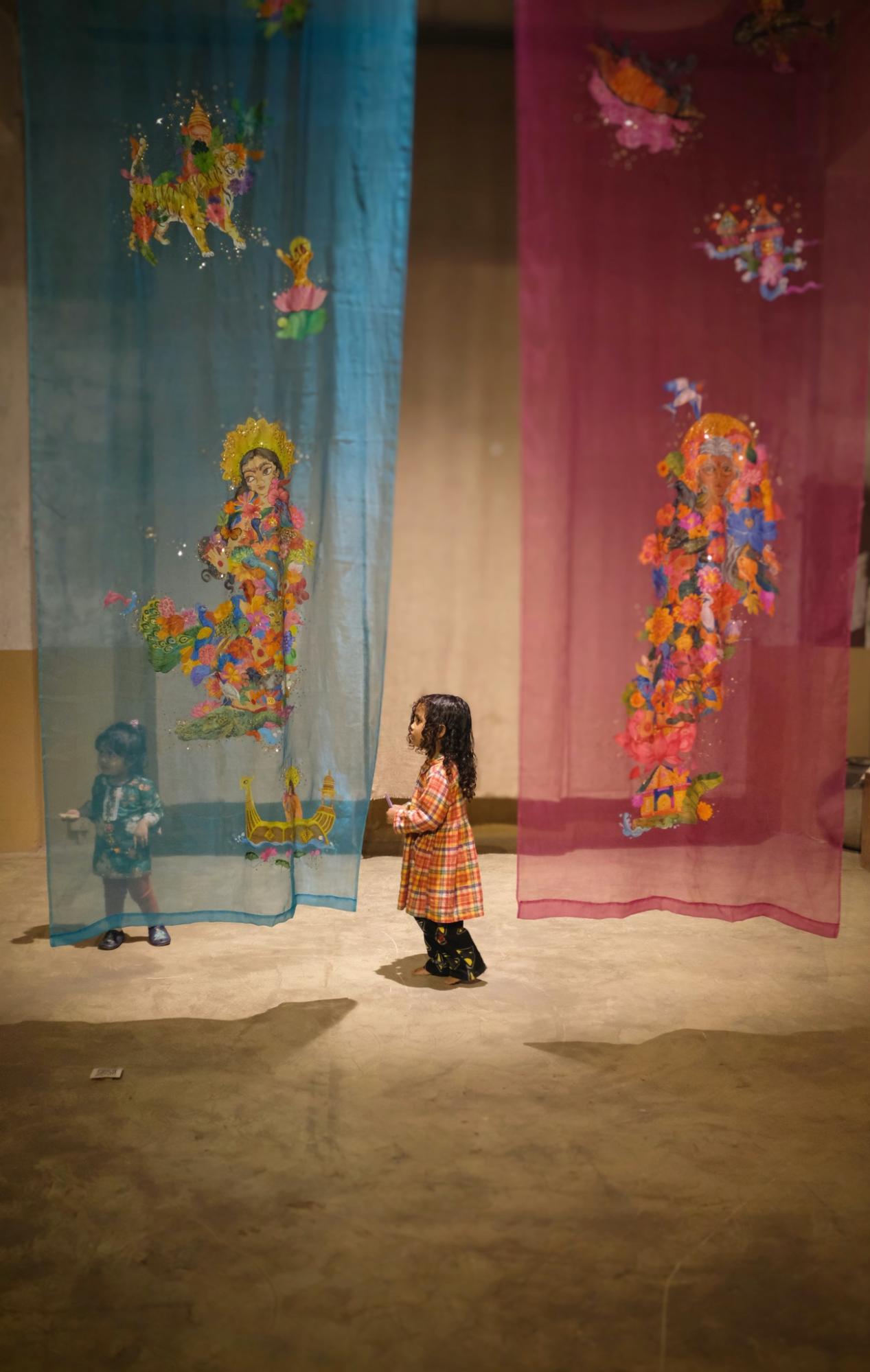
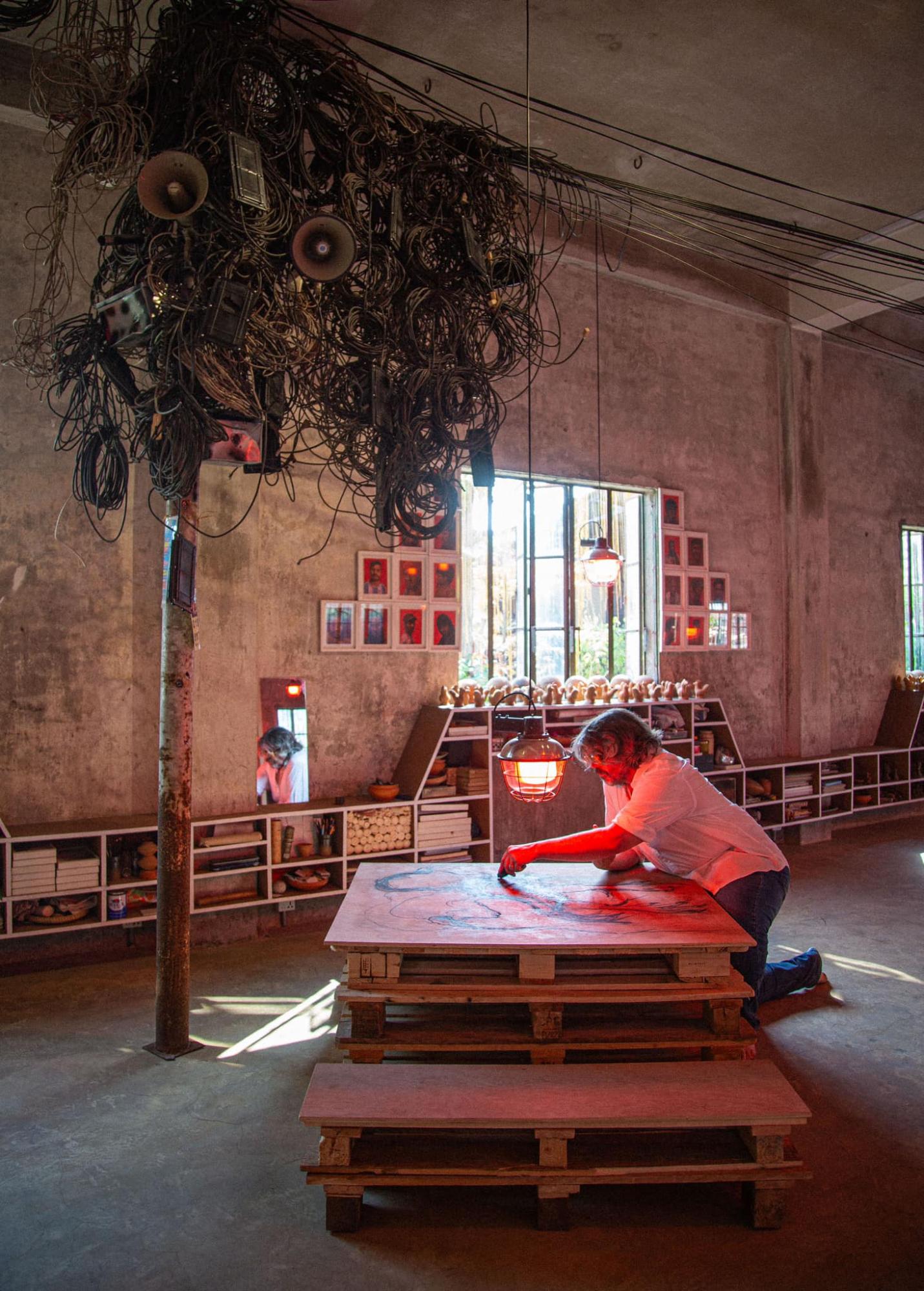
Since the start of its journey in 2016, Brihatta has focused on the creation and curation of art within the public realm by establishing a dynamic liaison between artists, craftsmen, local & expat community members, and global practitioners to place artwork within a space that achieves shared goals.—Quoted from parisinternationale.com
If we narrate the tale behind the inspiration of the concept for the Brihatta Art Foundation, the idea stemmed from a desire to revitalize a neglected part of Dhaka and build a strong sense of community through art. The beginning of Brihatta Art Foundation the building ‘Mukti’ was born in the confines of quarantine during the COVID-19 pandemic. This space emerged from the discarded shell of a former tannery, and each structure within this acquired space has been reimagined and liberated, showing respect for the land it stands on. Freed from the hostility and noise of its former suffocating environment, “Mukti” has become synonymous with Brihatta, breathing new life into the Mukti Tannery in the 50th year of Bangladesh’s liberation.
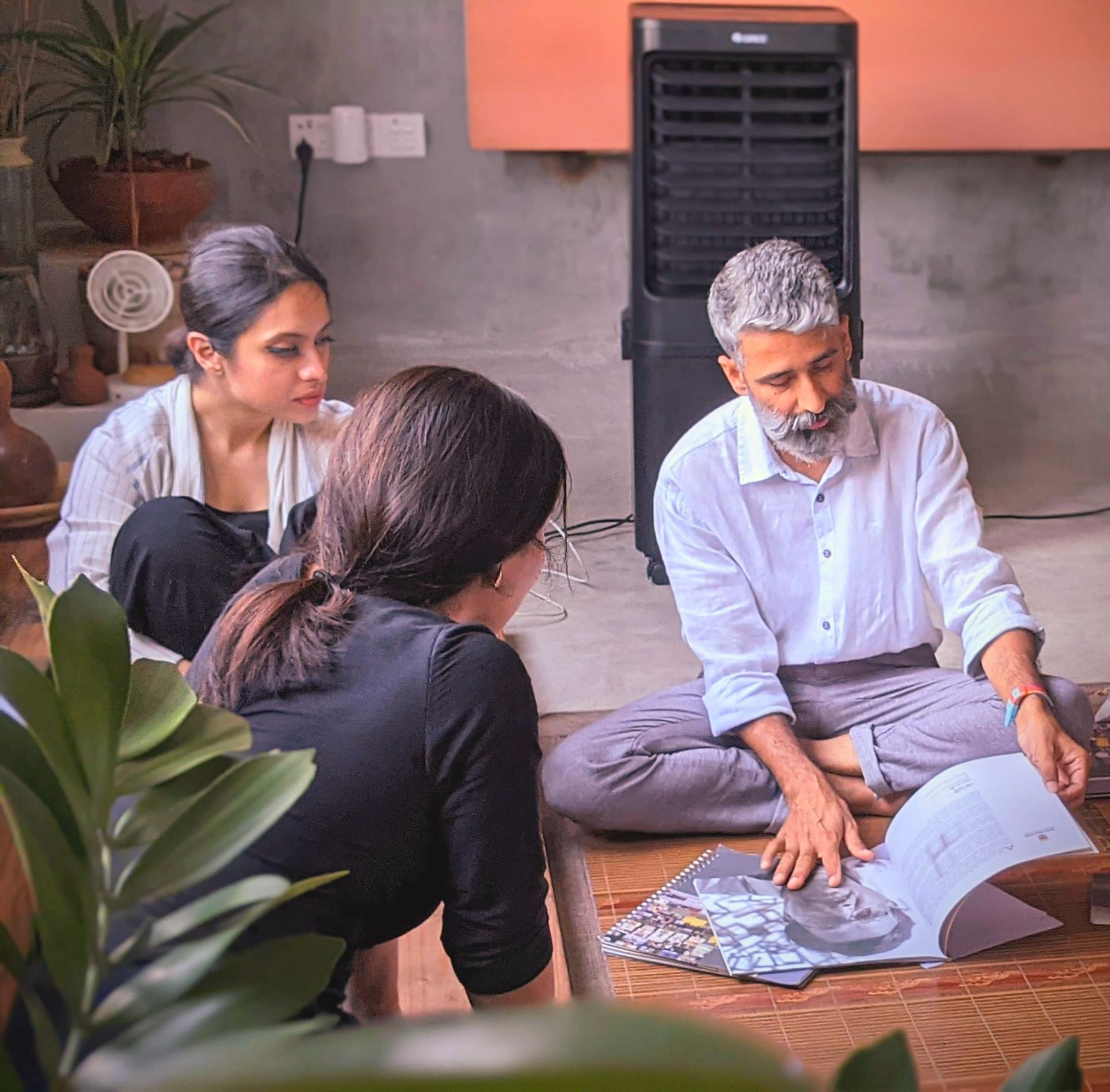
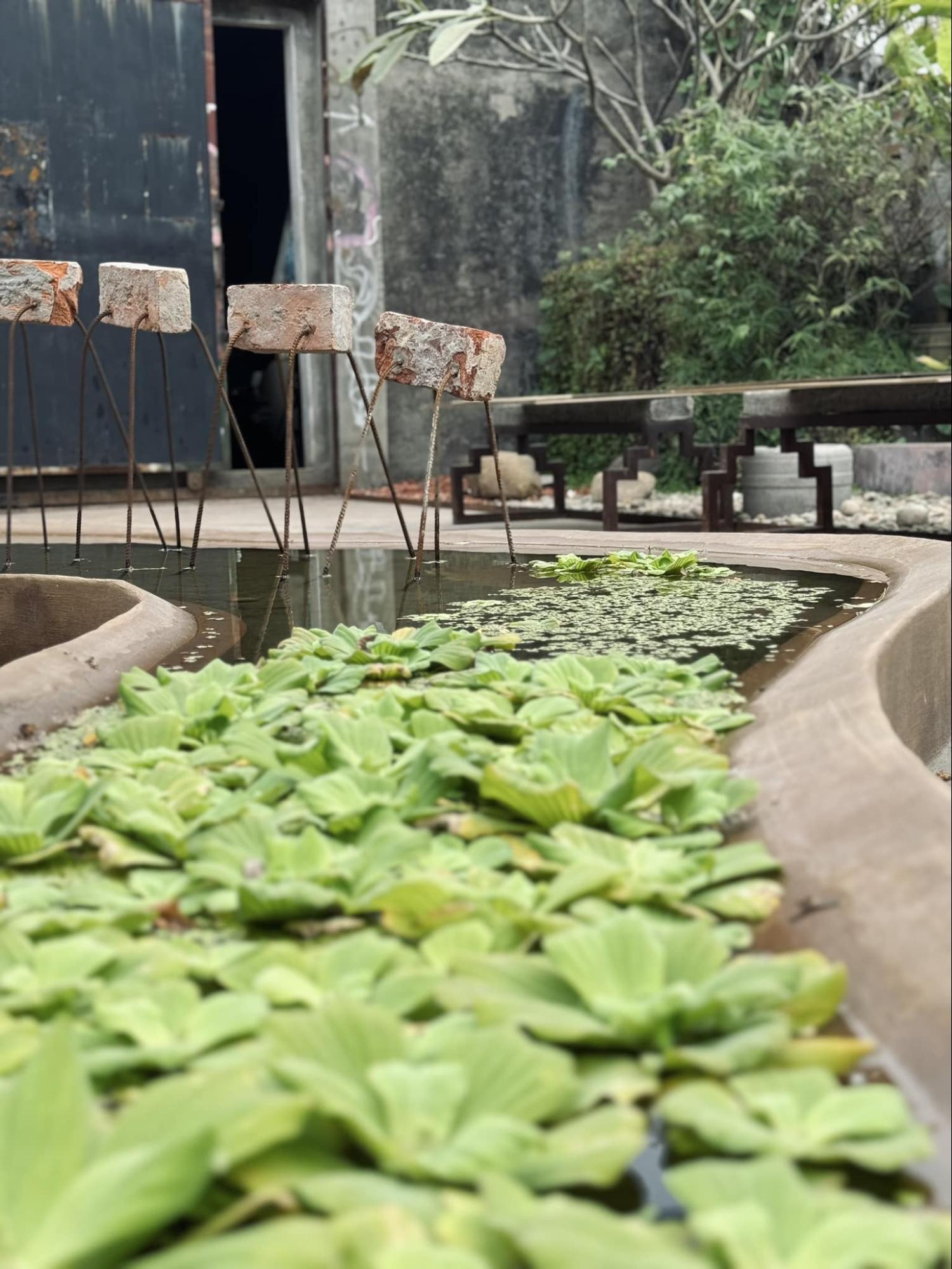
Bishwajit Goswami, the founder and artist, shared his thoughts on the beginning of space discovery. He mentioned, “Hazaribagh, a place that means ‘a thousand gardens,’ was completely abandoned when I first discovered it. There was not even a tiny blade of grass to be found. However, now that the place has been revived, one can delightfully find many things here, including people, creatures, and nature, along with the trace of historical remnants— recycled materials that reflect the tannery’s past.”
The Hazaribagh tannery was once a polluted mess, filled with bad smells and leftover chemicals from leather production. Abandoned buildings stood empty, as a reminder of the area’s industrial past. Brihatta has retained the core nature of the Mukti Tannery, weaving new stories into the foundation of the old structure, transforming the space without discarding the lived experience of its tragic past. The stench of toxic chemicals no longer pervades the air; now the aroma is lush with fruit, flowering, and medicinal plants. The abandoned brick and mortar of the old structure have been repurposed for reconstruction, and the discarded wood now serves as a hub for artists to gather and create. In a nutshell, an old abandoned tannery has been converted into a new abode for artists to work and reconnect with their art.
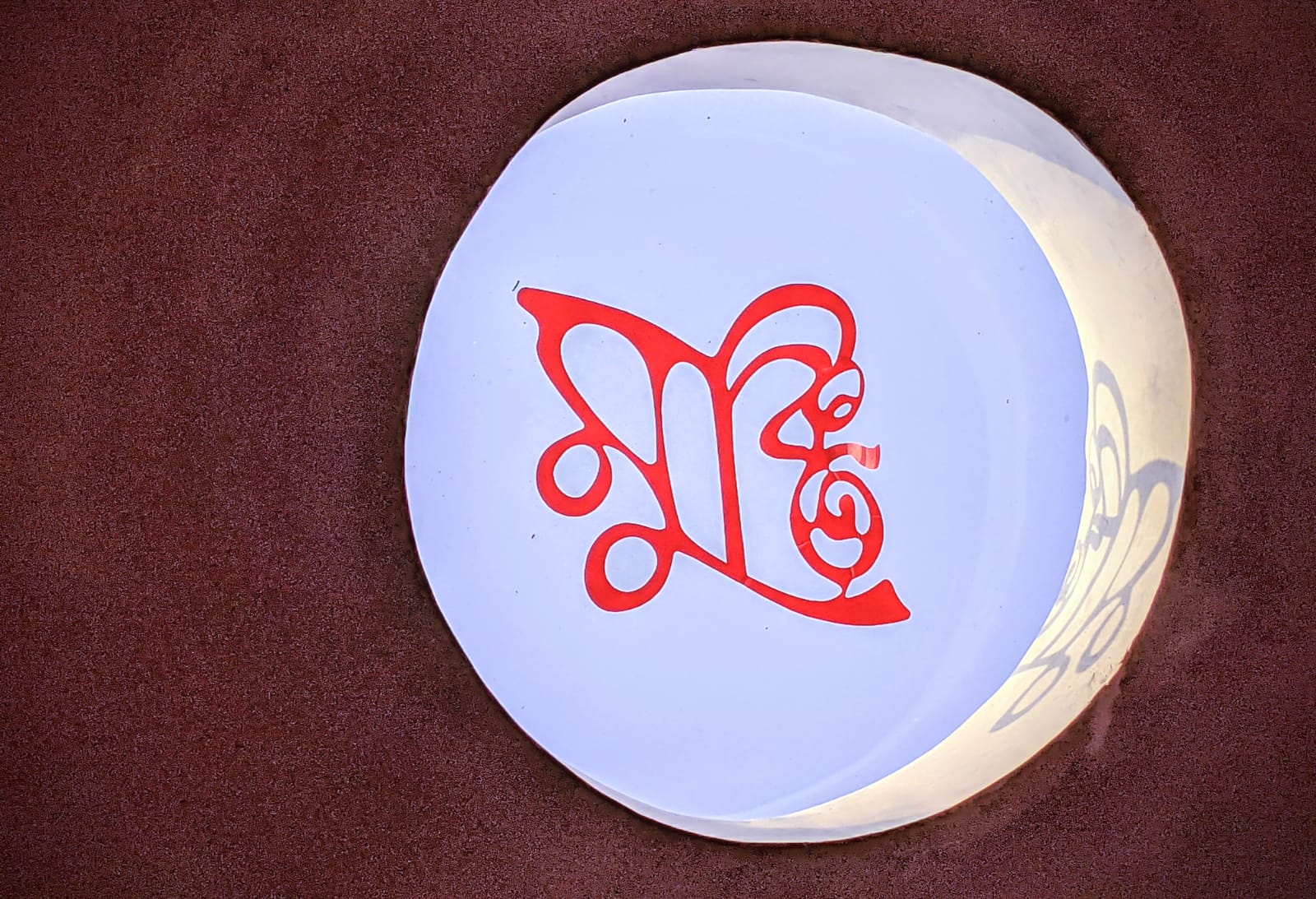
Brihatta is a believer in celebrating the beauty of nature, which constantly blooms with new joy and holds this earth together like a banyan tree in the guise of the mother. Brihatta has chosen ‘Mukti Tannery-1’ as a temporary home, on the roof of a leather manufacturing factory in Hazaribagh. This small, beautiful space offers the freedom to create art as one pleases, with an open courtyard to gaze upon the vast skies.
Inside, the exhibition space has an open layout that features a skylight with the building’s name on it. This layout enables the space to transform into anything that is required, whether it be a workspace for interactive crafts, a gallery for visual exhibitions, a display area for sculptures, or a performance space. Additionally, there is a corner space available for visiting artists who require accommodation during workshops, and this space includes two-story beds. Finally, there is the private studio of the founder and artist, Bishwajit Goswami.
The vision is to create a center of the arts and artists in this abandoned leather factory and bring back life to it. Artist Bishwajit Goswami’s creative touch has transformed this lifeless block into a vibrant natural space. The visual outcome of a three-month-long process involving artist Mashud Ahmed and a group of skilled workers is evident in all the various structures and objects found amidst the discards from the factory or in the brick and wood walls.
“The thing about Brihatta is that I feel like it’s a space where people come together, and where they experiment and kind of engage in dialogue that continues and builds upon relevance,” shares co-founder Nusrat Mahmud while expressing her thoughts on the space.
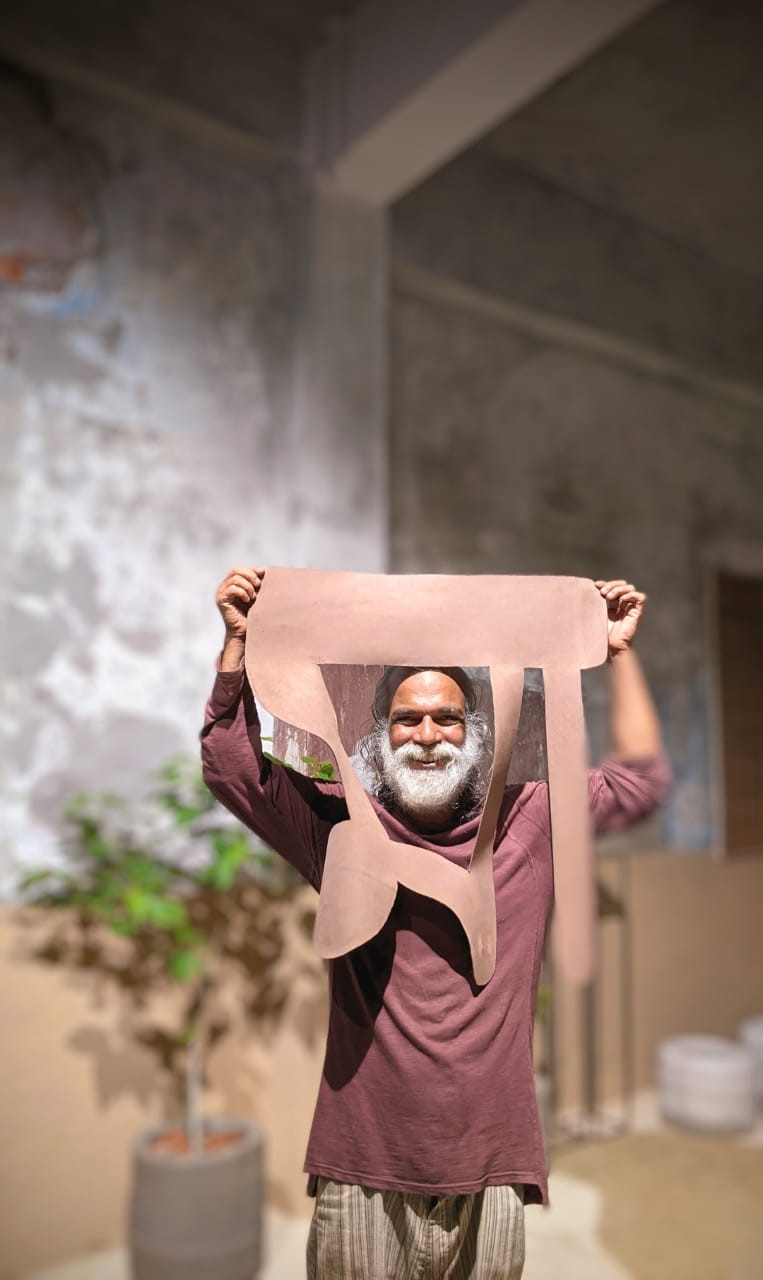
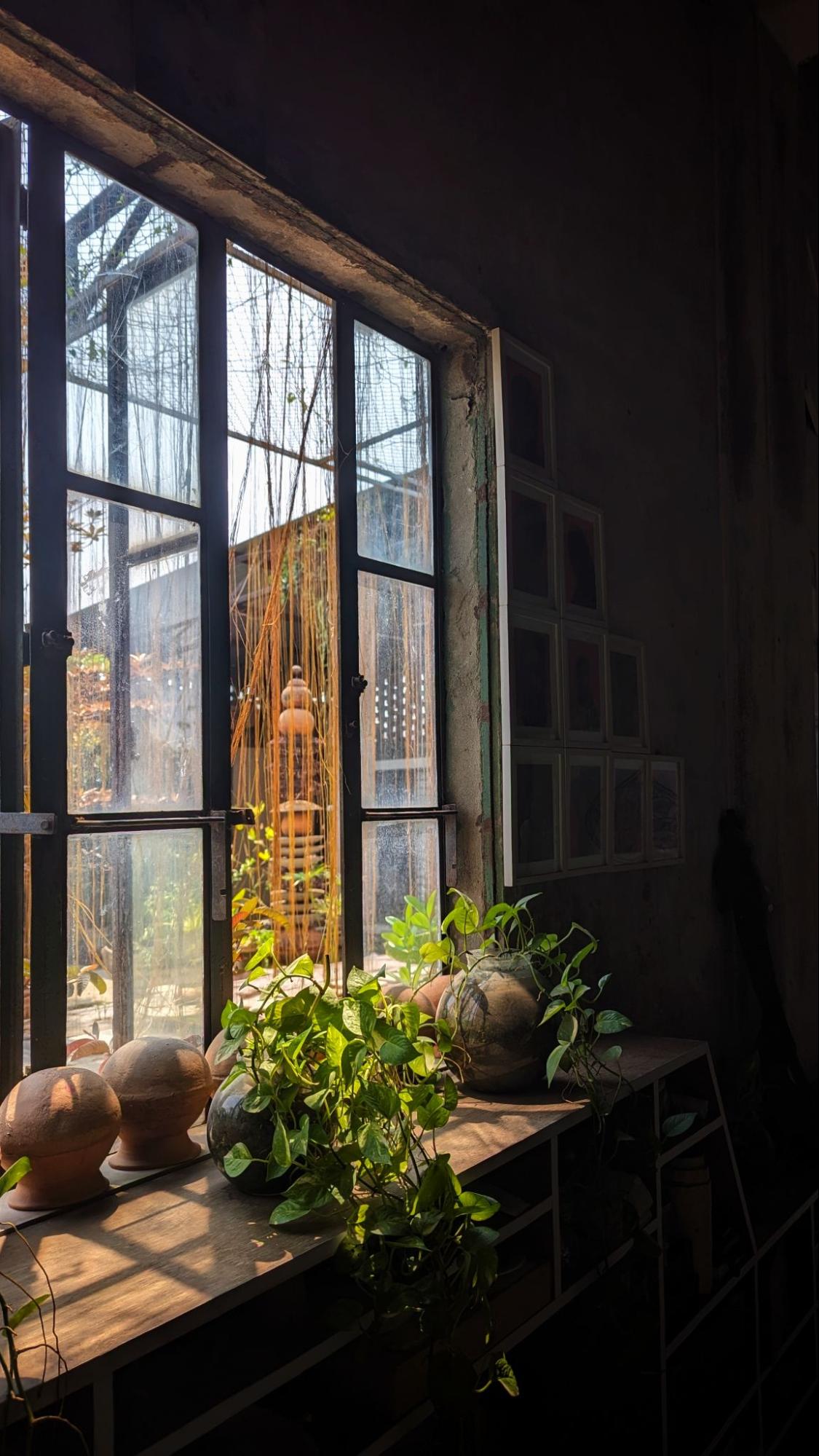
Adjacent to the exhibition space, the garden’s open courtyard transforms throughout the year. Similar to how new flowers bloom every season, the scene of Brihatta is portrayed in a different light based on the path of sunlight and the course of seasonal changes. The courtyard hosts a sculpture crafted from clay sourced from the nearby Rayer Bazaar area. The sculpture is shaped like a womb, with soil, clay, and earth, all gifts of Mother Earth, combined. The water below the sculpture reflects this homage to Mother Earth, as it is poised upon the pond. At the end of the courtyard stand two concrete tables forming the Bengali consonant “Bisarga.” This is a nod to the Bengali language and provides a small place for gathering where everyone can sit together and converse.
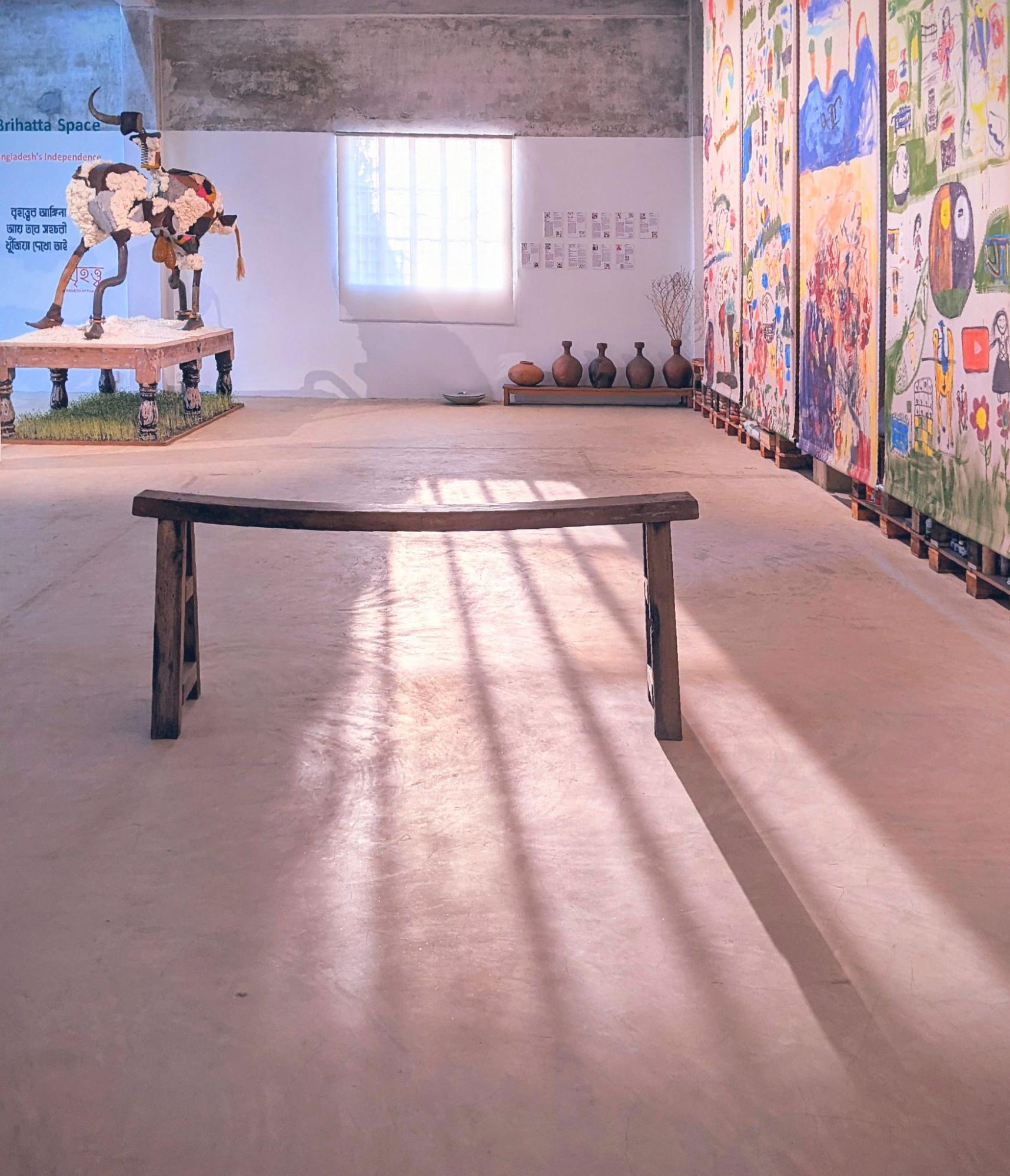
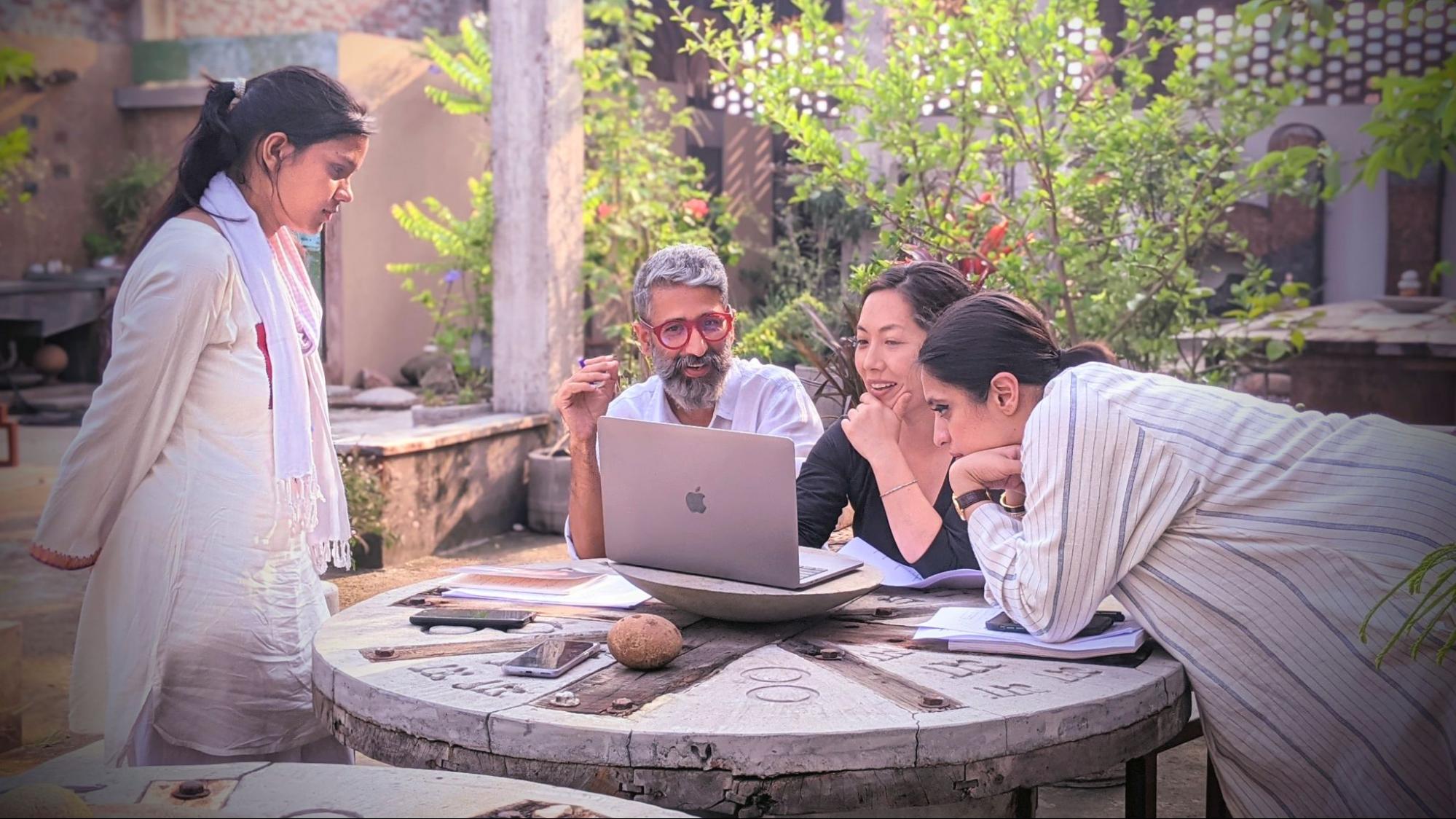
Art has been an integral part of human society for centuries, serving as a means of creative expression and a reflection of cultural and social values. In its various forms, be it sculpture, painting, or sketches, art is an effective way of communication that facilitates dialogue in formal, informal, and diverse cultural contexts within society. When we discuss art and reflect on its impact within contemporary social contexts, we are led to consider questions of identity, whether it be human, natural, or material. Brihatta Art Foundation provides such a space— a natural and meditative space that is rare in the bustling city of Dhaka— a space that is lost and found, abandoned, and then revived.

The Brihatta Art Foundation has a vibrant history of engaging the community. Since its launch with “Mukti, the freedom to express” in 2021, they have consistently offered a diverse range of experiences. Interactive programs and exhibitions like “Let’s Play Together” and “Find…Create…Express…” in 2021 showcased artistic expression, while 2022’s “স্থিতি - Objects in Conversation” explored the cultural impact of designed sculptures.
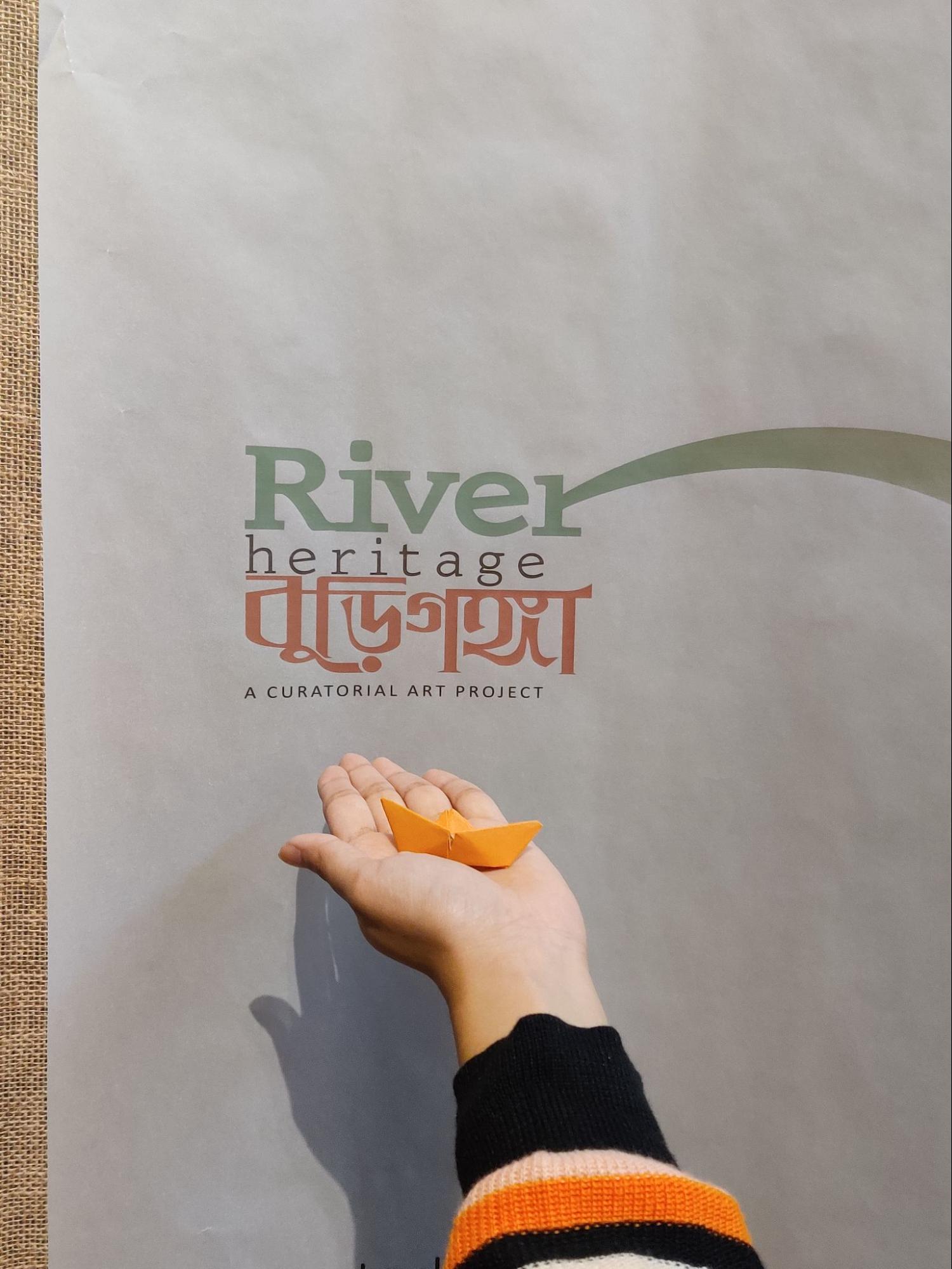
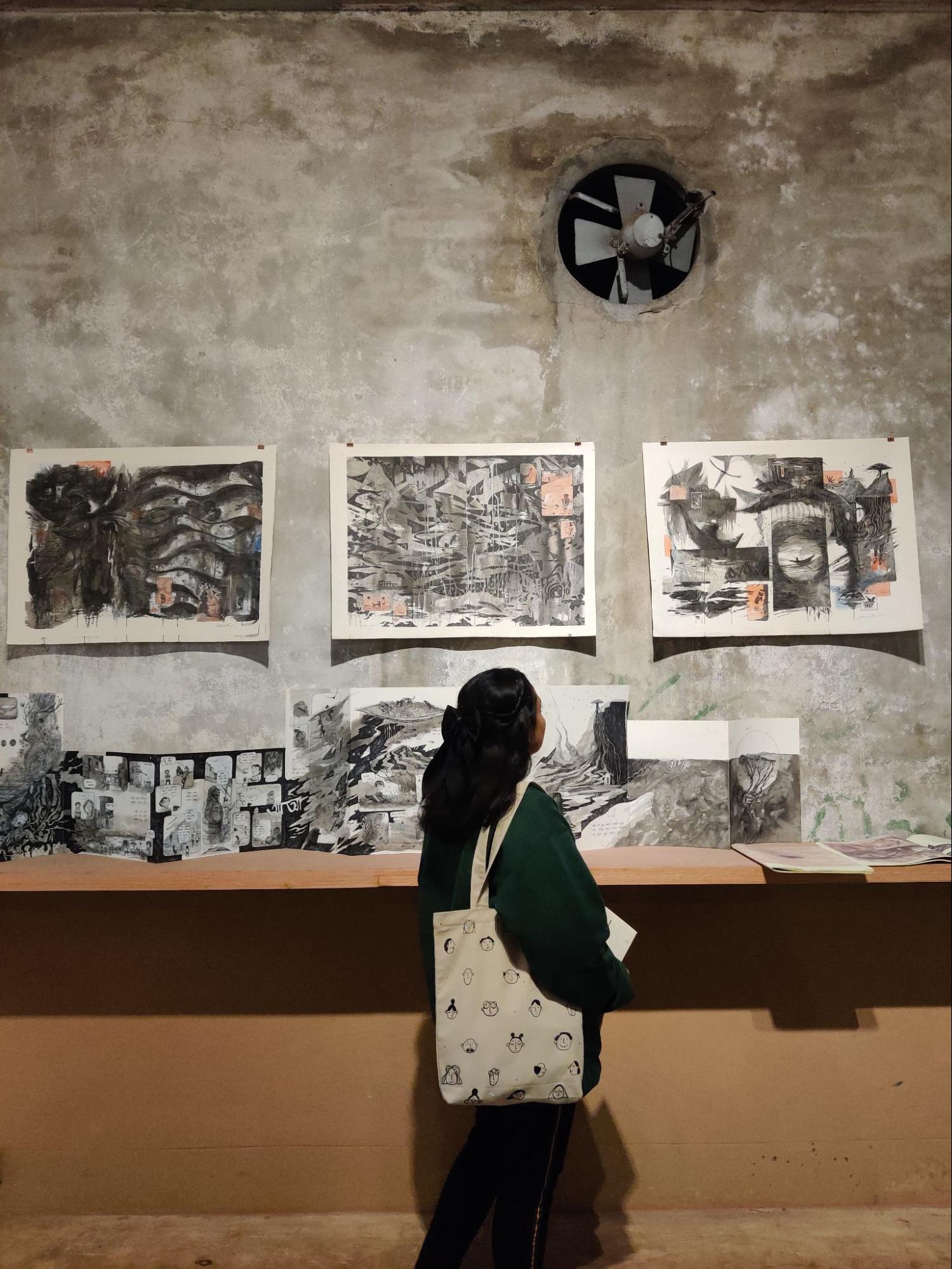
The acclaimed curatorial exhibition on river heritage named “Gangaburi” continues its second phase. And most recently, they arranged an interactive art workshop titled “স্বাধীনতা তুমি…” (Swadhinata Tumi…) last month in celebration of Independence Day.
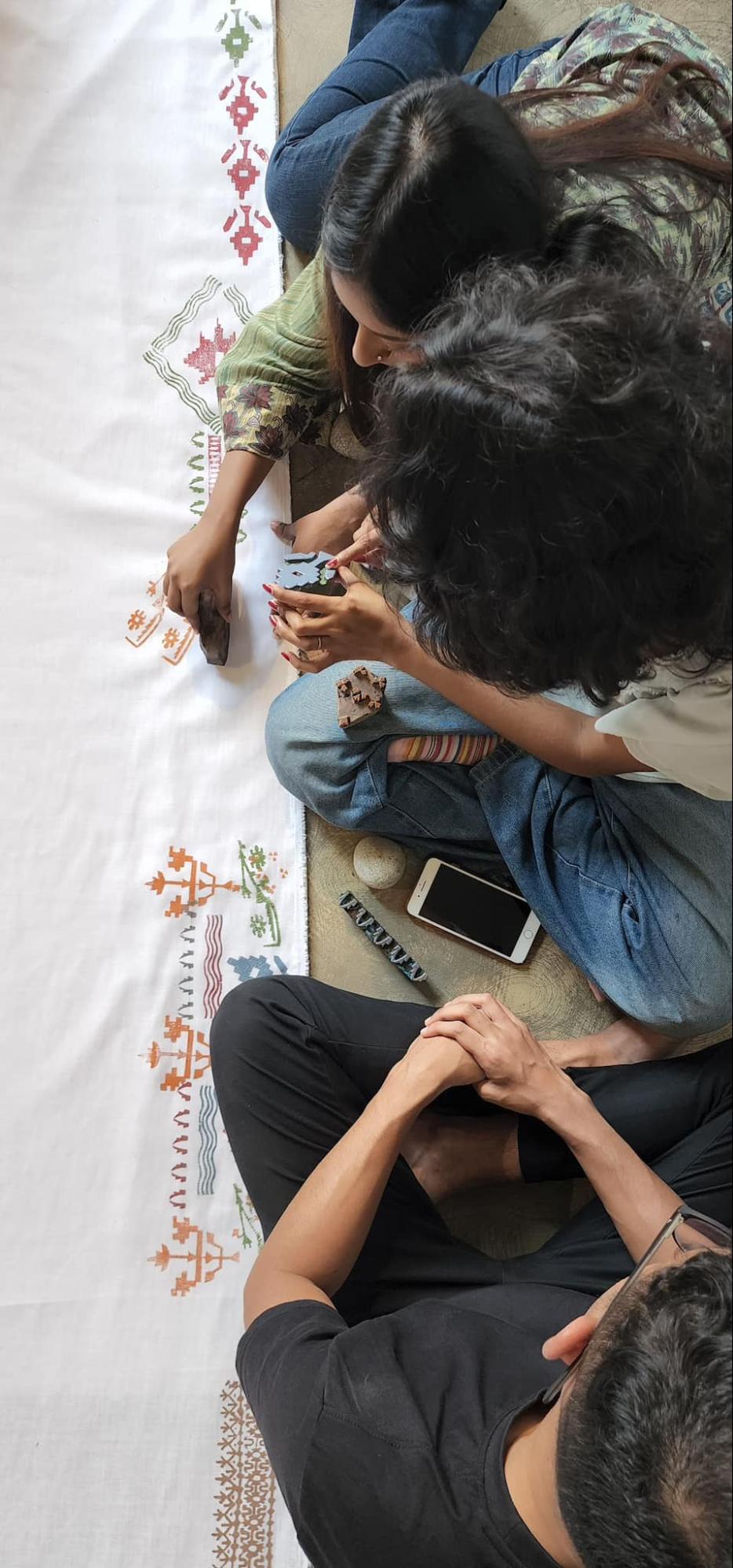
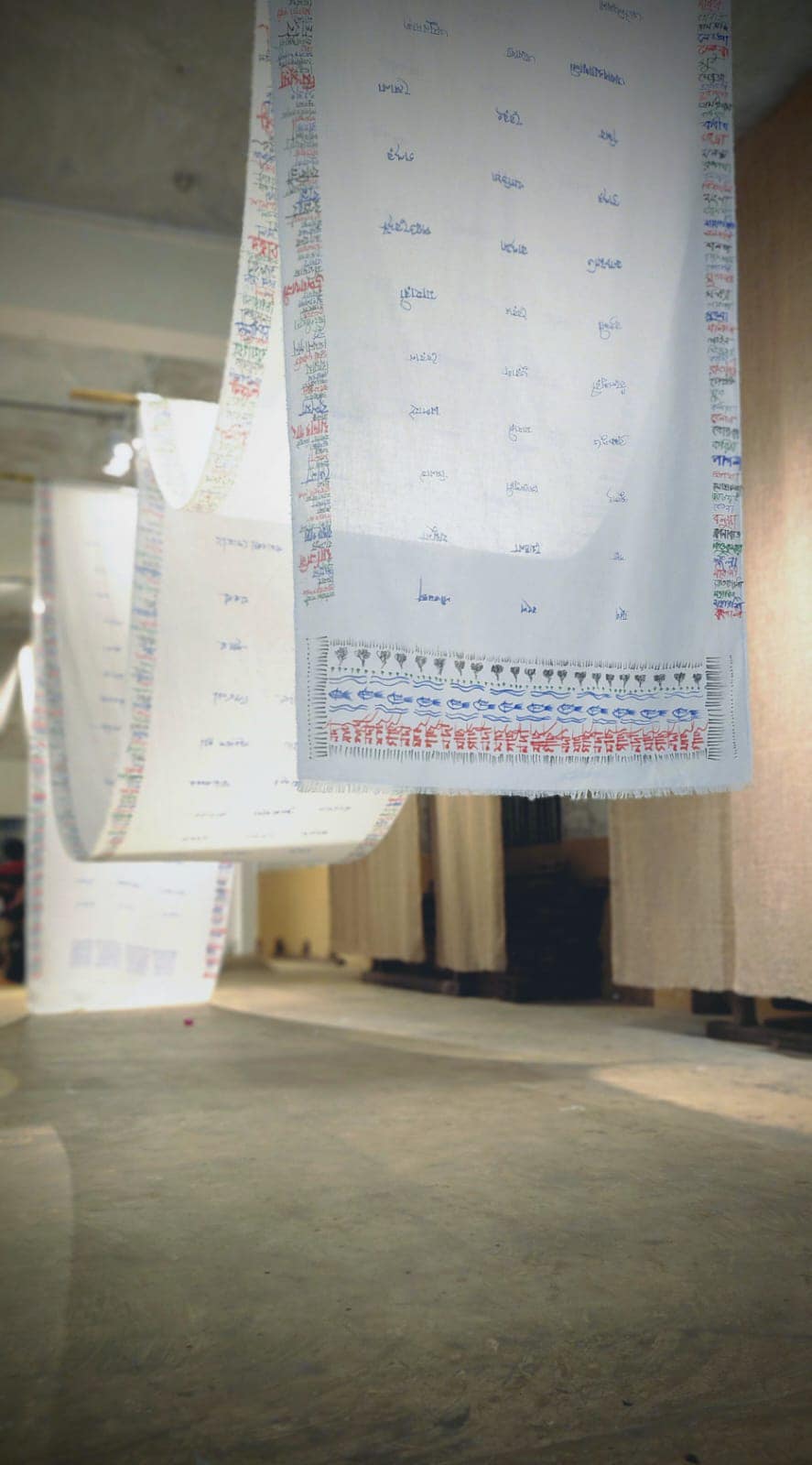
These ventures have the potential to unite people and promote community engagement, especially when the members participate in these interactive events. The Brihatta Art Foundation is the ideal example of a community-driven art project that repurposes a tannery to create a collaborative space for people to come together and share thoughts and ideas through art.
The Brihatta Art Foundation’s arrival in Hazaribagh is a lot more than just a stroke of vibrant colors on a fading grey canvas— it’s a catalyst for urban regeneration, a newfound space for the people of Dhaka city. The transformation of a polluted tannery into a blooming art center is a visual representation of the change that individuals want to see in the world and inspires them to work towards that change. By hosting workshops, residencies, and exhibitions, the space inspires artistic growth and a sense of belonging for local artists.
“As human beings, our priority should be to appreciate and take action to protect our environment, climate, and nature,” says artist Goswami.
The Brihatta Art Foundation is revitalizing Hazaribagh by promoting environmental responsibility through recycled-waste art, creating jobs to empower residents facing hardship, and fostering a thriving community through year-long residencies, art education for all ages, and connections with both local indigenous and global artists. These efforts enhance the area and cultivate social and emotional well-being, encouraging local participation and equitable opportunities. This focus on community and artistic creation places the Brihatta Art Foundation as an inspiration, a place where art and storytelling can revitalize not just the artistic landscape of Hazaribagh but Dhaka as a whole.
Tags: Dhaka
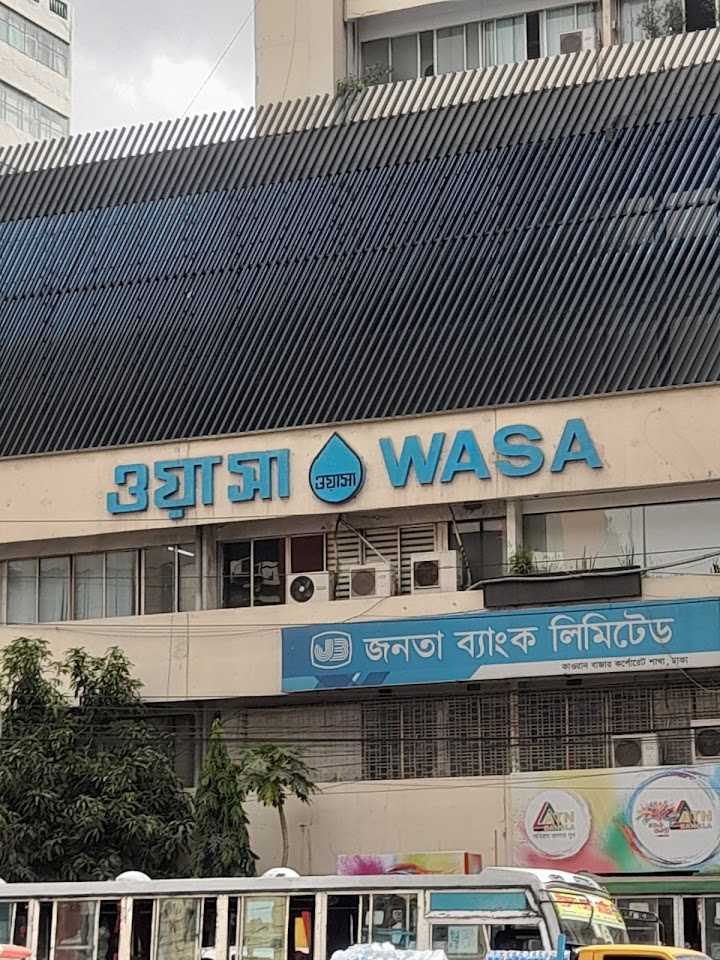
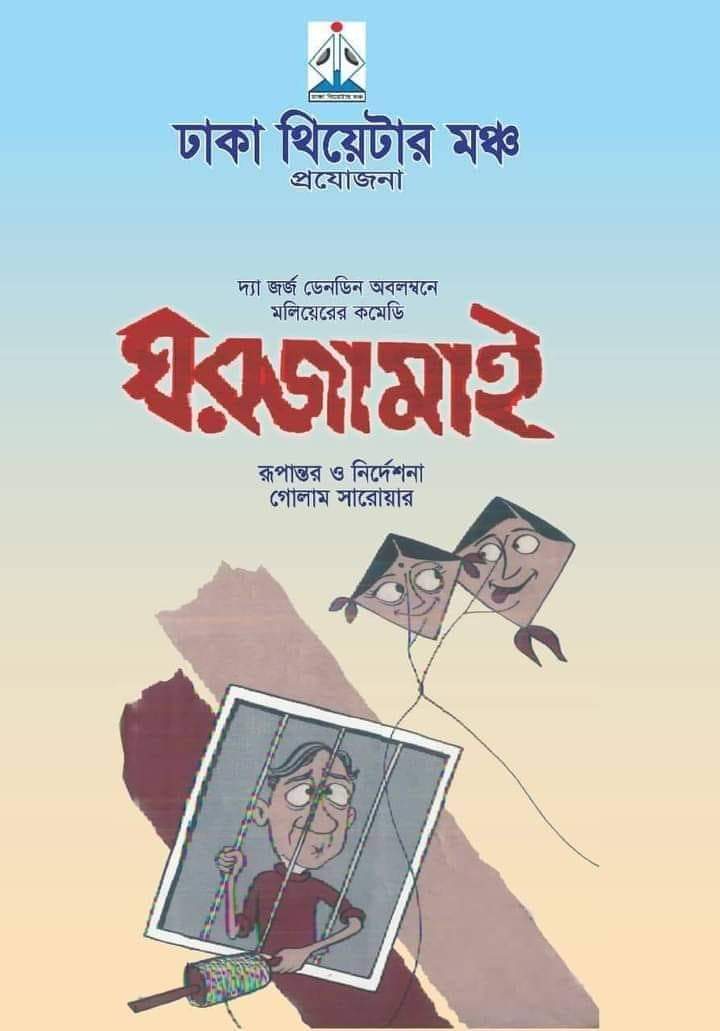

![Henry A. Kissinger in 1979 [Neil Leifer/Sports Illustrated, via Getty Images]](/post-images/20231130-kissinger.jpg)
![Professor Abdul Basir, a faculty member in the Department of Islamic History and Culture at DU | Professor Nisar Hossain, Dean of the Faculty of Fine Arts [Image collected]](/post-images/20240822-du.jpg)
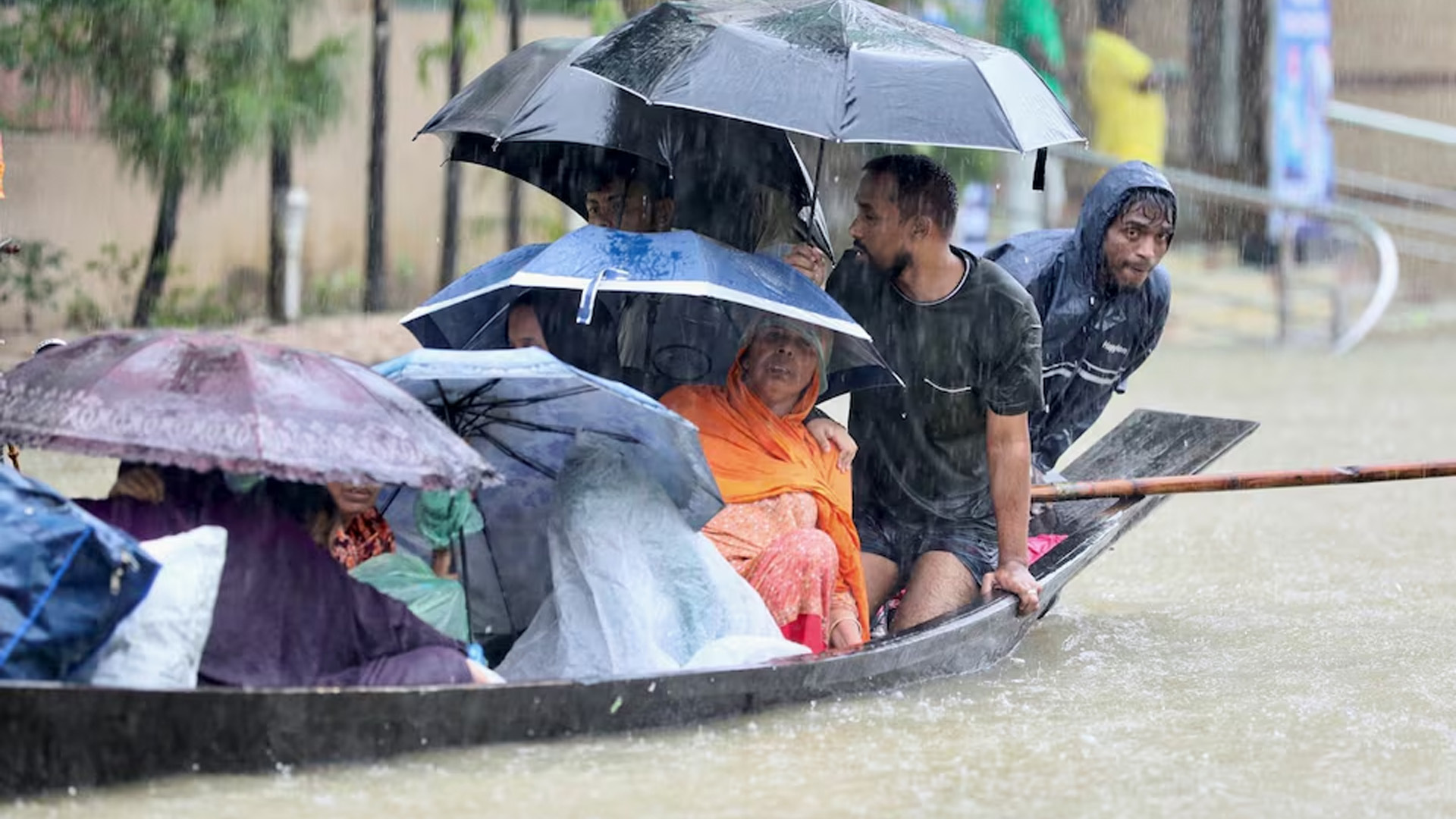
![Anjir Liton, former DG of Bangladesh Shishu Academy [Image collected]](/post-images/20240822-shishu-academy.jpg)